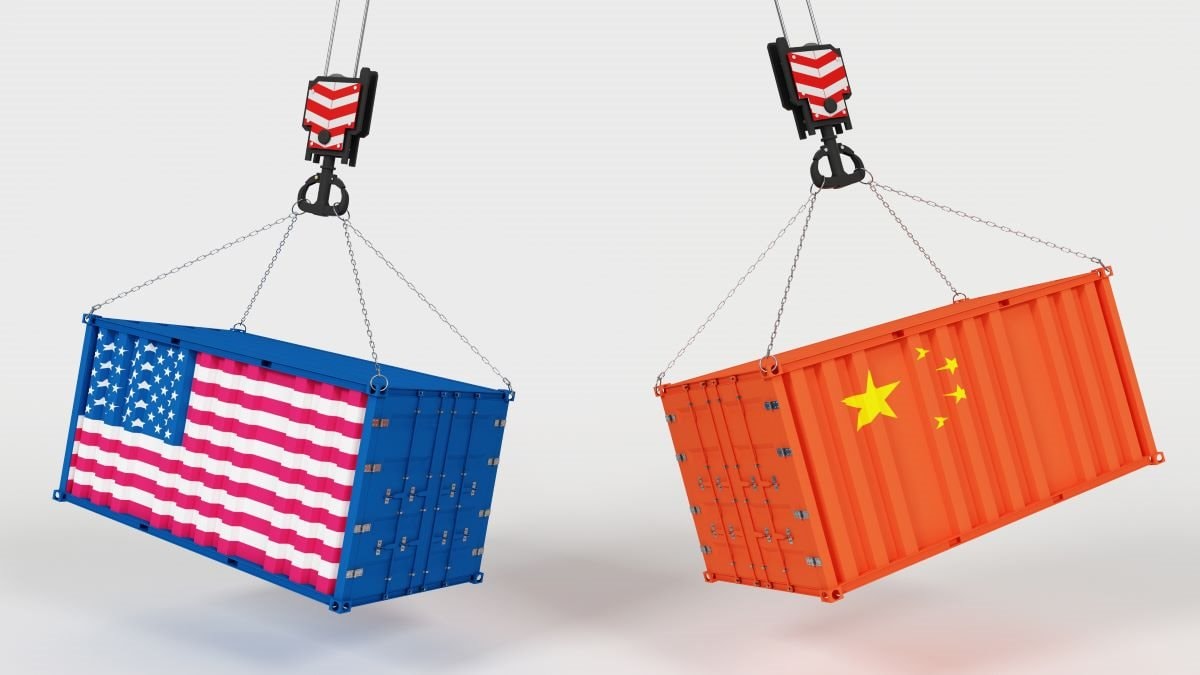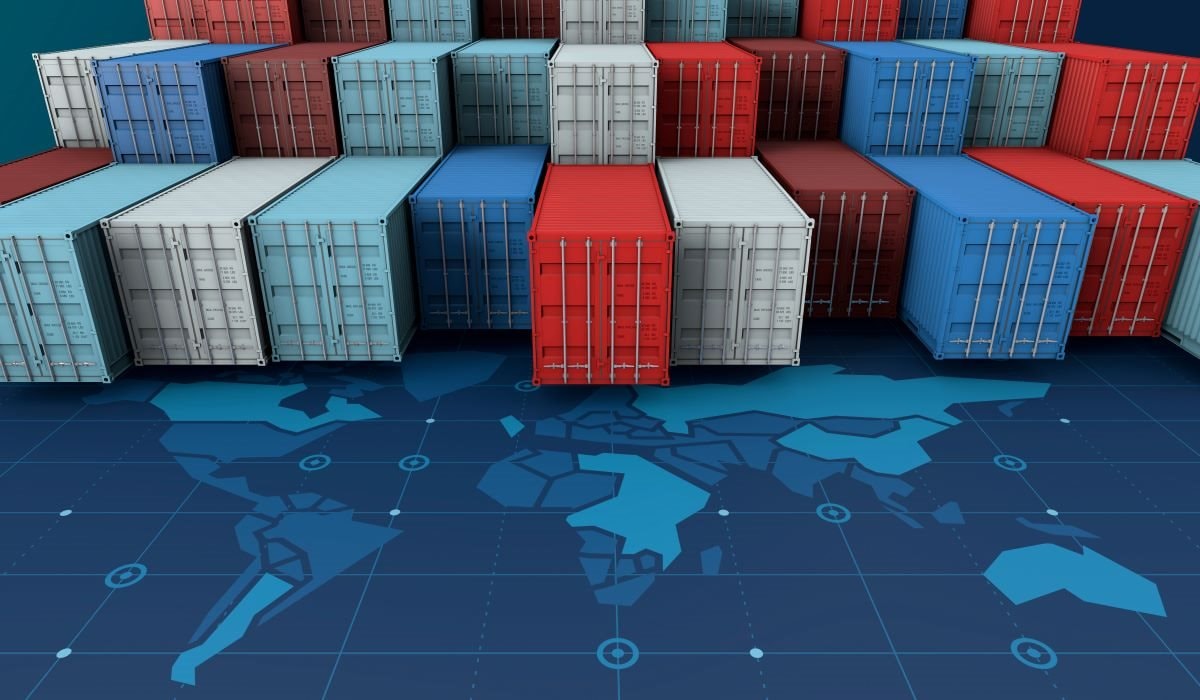Part 2: Key Impacted Nations: China, Vietnam, and India
English - Ngày đăng : 08:02, 26/11/2024

From China’s adaptation strategies to Vietnam’s rising investment appeal and India’s ambitious growth trajectory, these nations are defining the future of global supply chains in a rapidly evolving world.
China: Challenges to Its Role as the “World’s Factory”
China has long been regarded as a global manufacturing hub, with numerous supply chains concentrated there thanks to its developed industrial ecosystem and advanced infrastructure. However, its position has been shaken by the trade war with the United States. High tariffs imposed by the U.S. on Chinese goods have forced many businesses to seek alternative production sites. According to a 2023 report by the World Trade Organization (WTO), the value of China’s exports to the U.S. decreased by over 12% compared to pre-trade tension levels.
Moreover, rising production costs and pressures from supply chain decoupling have prompted China to adjust its strategy. Beijing has adopted the "dual circulation" policy, focusing more on the domestic market and boosting internal consumption to reduce reliance on exports. Nevertheless, as the world’s second-largest economy, China continues to play a vital role in global supply chains due to its diversified industrial sectors and ability to adapt to global economic shifts.
Vietnam: A New Bright Spot on the Supply Chain Map
Vietnam has emerged as a leading destination for international investors amid the shift in production away from China. With advantages such as low labor costs, a favorable geographical location, and effective investment-attraction policies, Vietnam has drawn significant foreign direct investment (FDI) in recent years. According to Vietnam’s Ministry of Planning and Investment, the country received over $25 billion in FDI in 2023, a 13% increase compared to 2022, primarily in industries like electronics, textiles, and food processing.
Furthermore, free trade agreements (FTAs) such as the EVFTA (Vietnam-EU Free Trade Agreement) and CPTPP (Comprehensive and Progressive Agreement for Trans-Pacific Partnership) have enhanced Vietnam’s export competitiveness. However, to fully capitalize on these opportunities, Vietnam needs to address infrastructure limitations and workforce quality. The World Bank predicts that if Vietnam invests an additional 2% of GDP annually in infrastructure development, the country could boost its GDP growth by 1-1.5% per year over the next decade.

India: A “Rising Giant” in the Supply Chain Arena
India is rapidly emerging as a critical alternative manufacturing hub. With a population of over 1.4 billion and a vast labor force, this South Asian nation presents an attractive option for companies seeking supply chain diversification. The Indian government has launched numerous supportive policies, including the "Make in India" initiative, to encourage domestic production and attract foreign investment. Consequently, FDI inflows into India reached $60 billion in 2023, a nearly 20% increase from the previous year.
Additionally, India has made significant strides in high-tech sectors, particularly in semiconductor and electronics manufacturing, with major players like Apple and Foxconn actively participating. However, the country faces challenges in infrastructure, complex administrative processes, and upskilling its labor force. To maintain its momentum, India must continue reforming to create a more investment-friendly environment and improve the efficiency of its domestic supply chains.
The trade war has driven significant shifts in global supply chains, with China, Vietnam, and India becoming central players in this transformation. China is adapting to maintain its position by focusing on its domestic market and enhancing production efficiency. Vietnam is rising as a new bright spot, attracting attention with its favorable investment environment and strong growth potential. Meanwhile, India demonstrates the strength of an emerging economy with sustainable development strategies and ambitions to expand its role in global supply chains.
As Indian Prime Minister Narendra Modi stated at the 2023 G20 Summit:
“The restructuring of global supply chains is a historic opportunity for India to assert its role as a leading hub for manufacturing and innovation.”
Similarly, Nguyen Xuan Phuc, former President of Vietnam, emphasized at the 2022 Vietnam Economic Forum:
“To turn opportunities into reality, Vietnam must continuously improve its business environment, promote innovation, and invest in its people.”
Clearly, in the face of global supply chain volatility, adaptability, creativity, and collaboration will determine the success of nations. With their distinct strategies, China, Vietnam, and India are asserting their roles in the challenging yet promising global economic landscape.
